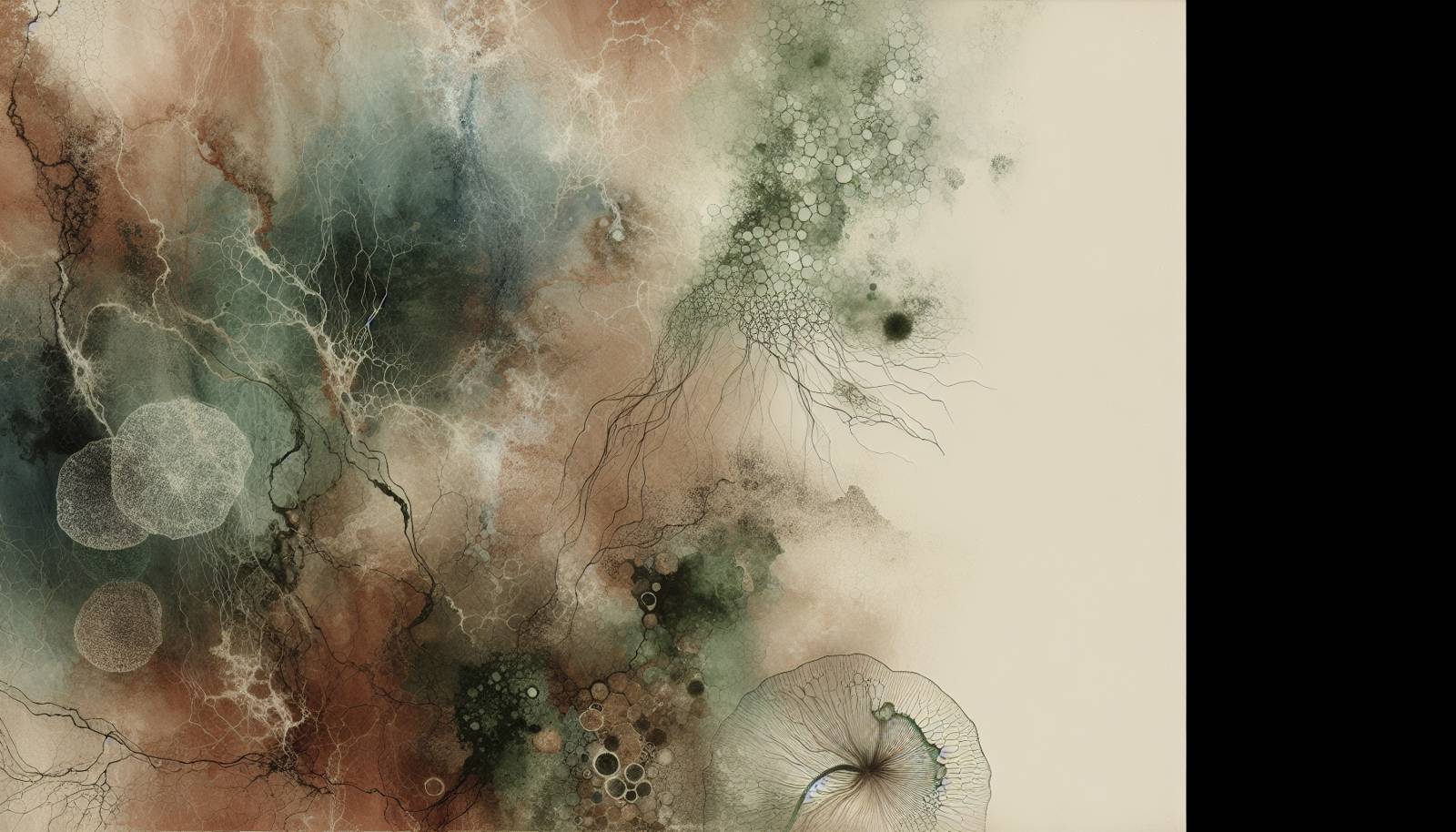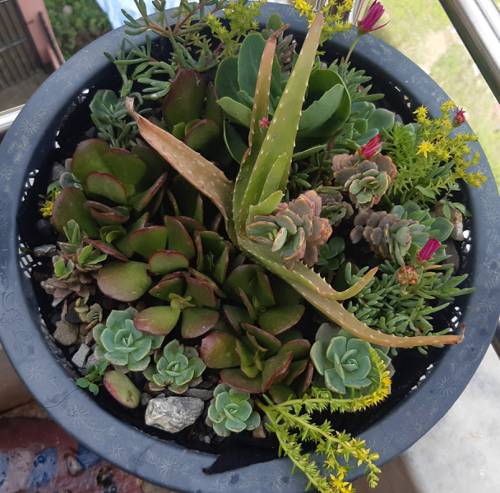
FAQ About Indoor Plant Mycomediation Techniques

What is mycomediation in the context of indoor plants?
Mycomediation refers to the use of fungi to degrade or sequester contaminants from the environment. In the context of indoor plants, mycomediation involves using fungi to improve soil health and detoxify the environment around these plants. Fungi can break down pollutants into less harmful substances, enhancing the growth conditions for indoor plants.

How do fungi improve soil health for indoor plants?
Fungi improve soil health through various mechanisms. They break down organic matter into nutrients that plants can easily absorb. Fungi also form symbiotic relationships with plant roots, known as mycorrhizae, which enhance water and nutrient uptake. This interaction not only supports plant growth but also helps in maintaining a healthy soil ecosystem.

What types of contaminants can fungi help remove from soil?
Fungi can help remove a wide range of contaminants from soil, including heavy metals, hydrocarbons, pesticides, and other organic pollutants. They achieve this through processes like bioaccumulation, where contaminants are absorbed into the fungal biomass, and biotransformation, where they convert pollutants into less toxic forms.

What are the best fungi types for mycomediation in indoor settings?
The most effective types of fungi for mycomediation in indoor settings include mycorrhizal fungi, like Glomus, and saprophytic fungi, such as Pleurotus (oyster mushrooms) and Trametes (turkey tail mushrooms). These fungi have been shown to successfully break down various contaminants and improve soil health.

Can mycomediation be used in small indoor gardens or potted plants?
Yes, mycomediation can be adapted for use in small indoor gardens or individual potted plants. Fungi can be introduced into the soil via inoculated substrates or plugs, which can help manage contaminants and improve the overall health of the plants and the soil in which they grow.

How can I introduce fungi into my indoor plant environment for mycomediation?
You can introduce fungi into your indoor plant environment by adding fungal inoculants or substrates mixed with beneficial fungi to the soil. These products are often available at gardening centers or online. Ensure the fungi you select are suitable for the specific types of contaminants and plants you are dealing with.

Are there any safety concerns when using mycomediation techniques indoors?
While mycomediation is generally safe and eco-friendly, it's important to select fungi that are non-pathogenic and appropriate for indoor use. Ensure proper ventilation to address any odors from decomposition and consult a specialist if you are uncertain about the types of contaminants present in your indoor environment.

What are the benefits of using mycomediation compared to chemical fertilizers or pesticides?
Mycomediation offers several advantages over chemical fertilizers and pesticides. It is a natural and eco-friendly method that enhances soil health and supports sustainable plant growth. Unlike chemicals, which can harm beneficial organisms and lead to soil degradation, mycomediation fosters a balanced ecosystem. It also reduces chemical runoff and environmental impact.

How long does it take for fungi to remediate soil?
The duration of soil remediation by fungi can vary widely depending on factors such as the type and concentration of contaminants, environmental conditions, and the species of fungi used. Generally, it may take a few weeks to several months for effective mycomediation, with ongoing benefits as the fungal community establishes itself.

Can mycomediation help with indoor air quality?
While mycomediation primarily focuses on soil health, it can indirectly benefit indoor air quality. Healthier plants and soil can improve indoor environments by increasing oxygen production and reducing volatile organic compounds (VOCs). Additionally, certain fungi have been studied for their potential in directly degrading airborne pollutants.

Is mycomediation suitable for all types of indoor plants?
Most indoor plants can benefit from mycomediation, especially those sensitive to chemical fertilizers and pesticides. However, the suitability of specific fungi may depend on the plant species and the soil conditions. It's important to choose fungi that form beneficial relationships with the specific types of plants you are cultivating.

What role do mycorrhizal fungi play in mycomediation?
Mycorrhizal fungi form symbiotic associations with plant roots, enhancing nutrient and water uptake. In mycomediation, they contribute by stabilizing soil structure, improving soil health, and facilitating the breakdown of contaminants. Their network of hyphae increases the soil's ability to process pollutants naturally.

How does mycomediation compare to phytoremediation?
Mycomediation involves fungi, while phytoremediation uses plants to remediate contaminated environments. Both processes are natural and environmentally friendly. Mycomediation can be more effective in breaking down complex organic pollutants due to the enzymatic capabilities of fungi, whereas phytoremediation might be more limited to specific pollutants. Combining both methods can offer comprehensive benefits.

What are the signs that mycomediation is working effectively in my indoor garden?
Signs of effective mycomediation include improved plant health, such as more vigorous growth, healthier foliage, and better resistance to pests and diseases. You may also observe changes in soil texture and structure, indicating enhanced microbial activity and the breakdown of organic matter.

Can fungi used in mycomediation become invasive indoors?
While fungi play essential roles in ecosystems, it is important to use species suited to indoor environments to prevent them from becoming invasive. Fungi used for mycomediation are typically selected for their beneficial properties and low risk of becoming problematic or pathogenic in controlled environments.

Can I combine mycomediation with other sustainable gardening practices?
Yes, mycomediation can be effectively combined with other sustainable gardening practices such as composting, vermiculture (worm farming), and the use of organic mulches. These methods complement each other by enhancing soil structure, nutrient cycling, and microbial diversity, creating an ideal environment for healthy indoor plants.

What environmental conditions favor successful mycomediation?
Successful mycomediation requires maintaining appropriate environmental conditions such as temperature, humidity, and pH levels suitable for the specific fungi used. Fungi generally thrive in moist, slightly acidic to neutral soils and moderate temperatures. Ensuring good aeration and organic matter in the soil also promotes fungal activity.

How does mycomediation affect the microbial biodiversity in indoor plant soils?
Mycomediation can enhance microbial biodiversity in indoor plant soils by fostering interactions between fungi and other microorganisms. This leads to a more balanced and resilient soil ecosystem, promoting beneficial microbial populations that support plant health and nutrient cycling.

Can mycomediation be used alongside traditional indoor plant care routines?
Yes, mycomediation can seamlessly integrate with traditional indoor plant care routines. Regular watering, pruning, and use of organic fertilizers can continue as usual, but with added benefits from the fungi's presence. This holistic approach supports overall plant health and environmental sustainability.
